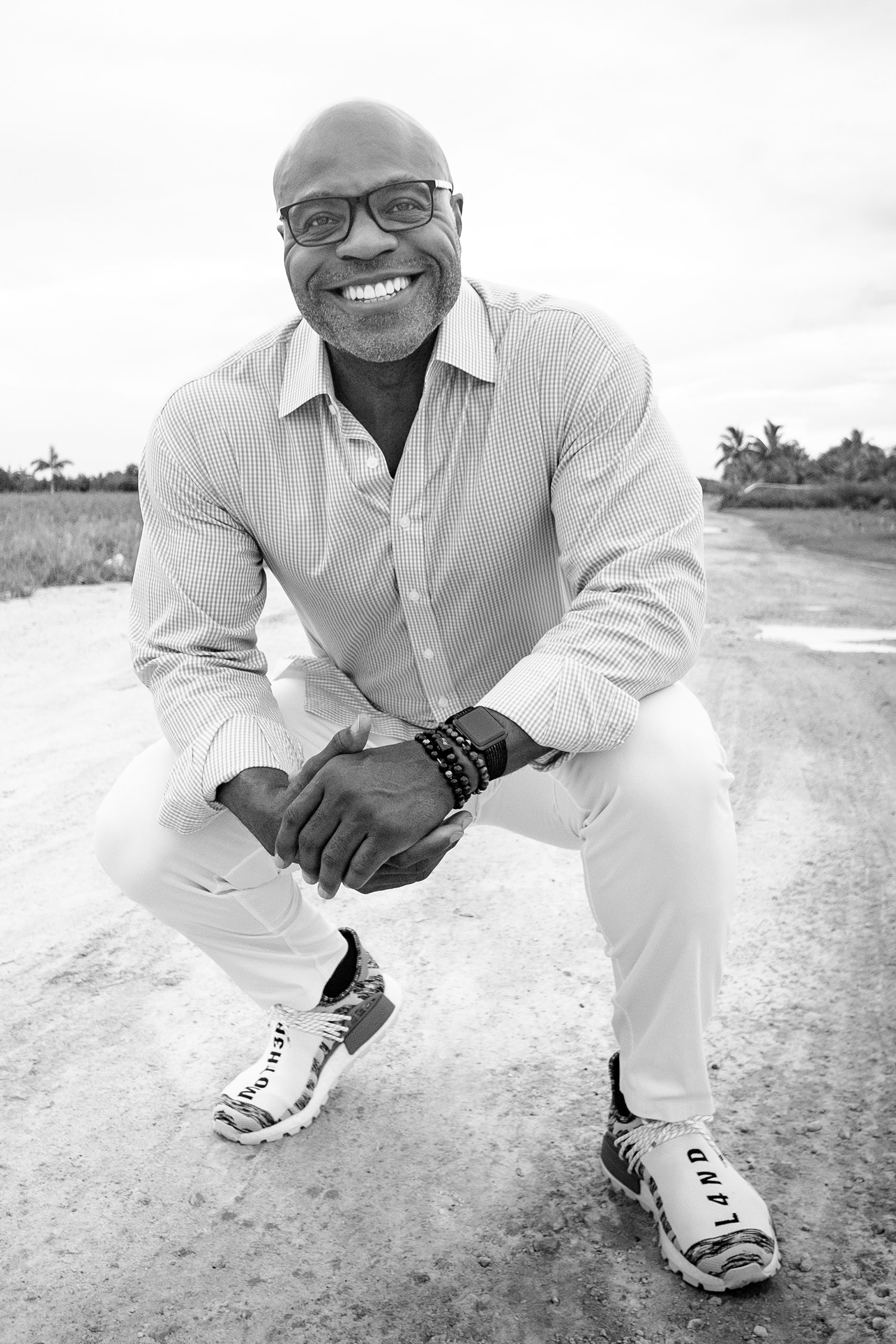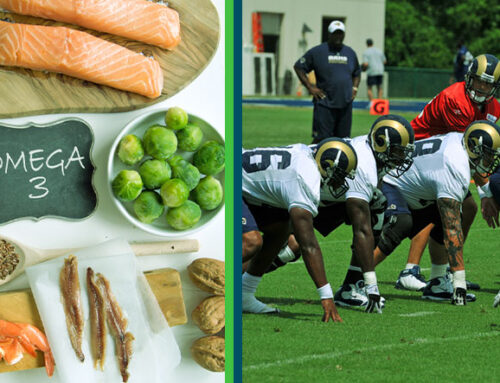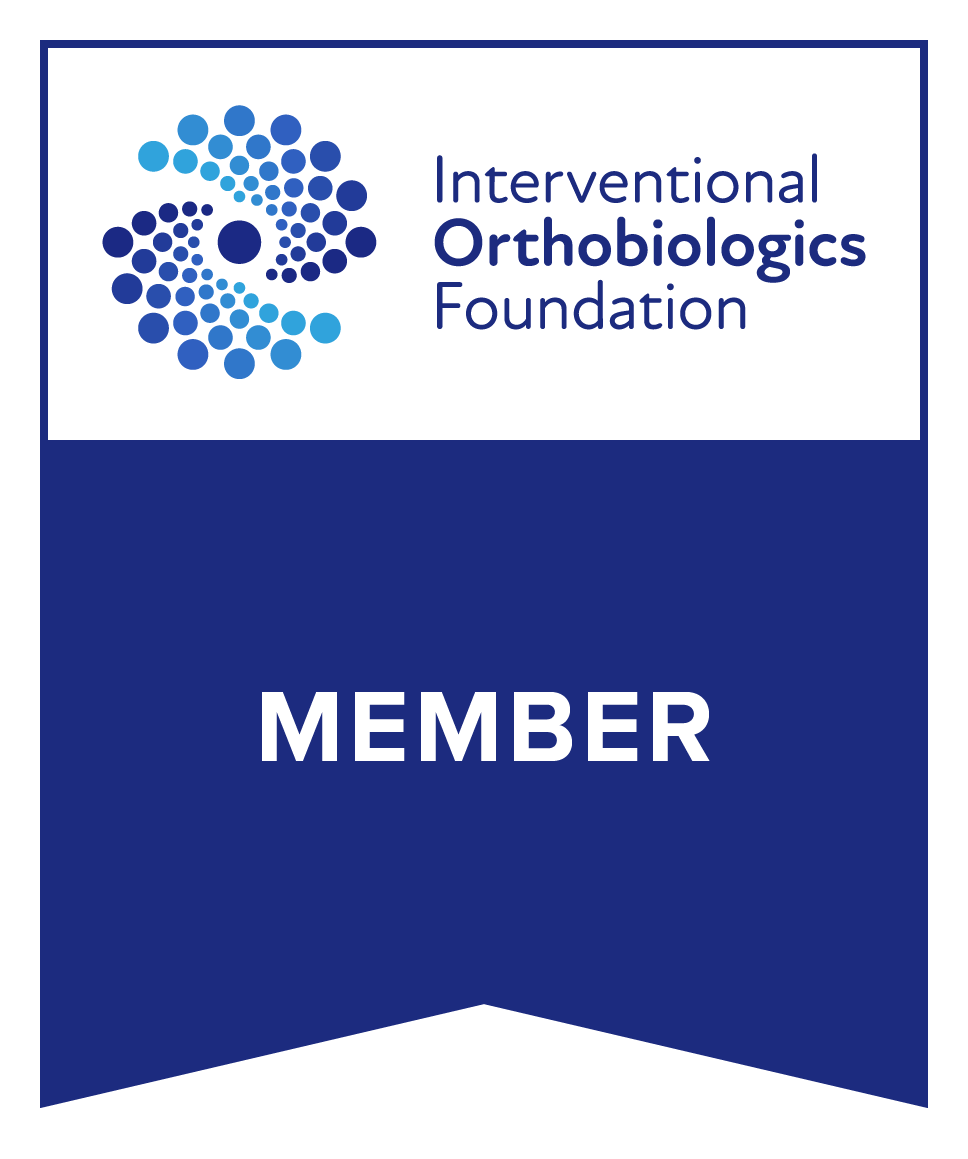Tennis Offseason Tips to Prevent Injury
and Stay in The Game
Tennis Offseason Tips to Prevent Injury
and Stay in The Game

With ongoing tournaments year round, tennis players require time to focus on recovery, injury prevention, and preparation for the next competitive event. At Tyrance Orthopedics & Sports Medicine (TOSM), we understand the importance of a well-rounded recovery regimen to keep you in peak condition. In this blog, we’ll share essential tips for a productive tennis offseason or recovery period, including the significance of grip strength, the best footwork and mobility exercises, and key differences related to court surfaces.
1. The Importance of Grip Strength
Grip strength is a crucial aspect of tennis performance, impacting everything from serve power to racquet control. Moreover, studies have shown that grip strength is a direct measure of longevity and overall health. A strong grip can enhance your tennis game and contribute to long-term well-being.
Benefits of Grip Strength
- Improved Racquet Control: Enhanced grip strength allows for better control of the racquet, reducing the risk of overuse injuries.
- Increased Shot Power: A stronger grip can contribute to more powerful serves and groundstrokes.
- Longevity and Health: Research indicates that grip strength is a predictor of overall muscle strength and a marker of mortality risk in older adults.
Grip Strength Exercises
- Hand Grippers: Use hand grippers to strengthen the muscles in your forearms and hands.
- Tennis Ball Squeezes: Regularly squeeze a tennis ball to build grip strength and endurance.
- Wrist Curls: Perform wrist curls with dumbbells to target the forearm muscles.
- Farmer’s Walk: Hold a heavy weight in each hand and walk for a set distance or time to improve overall grip strength.
For the best individualized grip strength exercises, consult with your physical therapist and/or strength and conditioning coach.
2. Best Footwork and Mobility Exercises
Effective footwork and mobility are essential for preventing injuries and improving on-court performance. Incorporate these exercises into your offseason routine to enhance your agility, balance, and stability.
Footwork Exercises:
- Ladder Drills: Use an agility ladder to perform various drills, such as high knees, lateral shuffles, and in-and-out steps, to improve quickness and coordination.
- Cone Drills: Set up cones in different patterns and practice moving around them quickly to simulate on-court movements.
- Jump Rope: Jumping rope helps improve foot speed, coordination, and cardiovascular endurance.
Mobility Exercises
- Dynamic Stretches: Incorporate dynamic stretches such as leg swings, arm circles, and trunk rotations to increase range of motion and prepare your muscles for activity.
- Hip Flexor Stretch: Stretch the hip flexors to improve hip mobility and reduce the risk of lower body injuries.
- Thoracic Spine Mobility: Perform exercises like the cat-cow stretch and thoracic spine rotations to enhance upper back mobility, crucial for effective stroke execution.
For the best individualized agility and mobility exercise program, consult with your physical therapist and/or strength and conditioning coach.
3. Key Differences Related to Court Surfaces
Having an understanding of how different court surfaces can impact your game, is helpful in being able to train accordingly in order to prevent injuries and optimize performance.
Asphalt Courts
- Characteristics: Hard and fast surface, leading to higher ball bounces and quicker play.
- Injury Risks: Increased impact on joints, particularly knees and ankles.
- Prevention Tips: Focus on lower body strength training and incorporate plyometric exercises to handle the quick pace and high ball bounces.
Clay Courts
- Characteristics: Slower surface with higher ball bounce, requiring more endurance and longer rallies.
- Injury Risks: Slipping and sliding can lead to groin and lower body injuries.
- Prevention Tips: Emphasize flexibility and balance exercises. Practice sliding techniques to reduce the risk of falls and strains.
Turf Courts
- Characteristics: Softer surface with moderate ball bounce, easier on the joints.
- Injury Risks: Potential for lower body strains due to variable traction.
- Prevention Tips: Strengthen stabilizing muscles around the ankles and knees. Incorporate agility drills to adapt to changing traction.
Conclusion
A strategic offseason and recovery regimen is essential for tennis players looking to prevent injuries and enhance performance for the upcoming tournaments. With a focus on grip strength, having effective footwork and mobility exercises, and having an understanding of how different court surfaces can affect your game, will allow you to stay in peak condition and reduce the risk for injury. At Tyrance Orthopedics & Sports Medicine (TOSM), we are dedicated to helping athletes perform at their optimal levels.
Prepare for your best season and stay in the game with expert guidance from Tyrance Orthopedics & Sports Medicine (TOSM). For help with an injury or ailment schedule a consultation by calling: 561-898-0303.
Meet The Physician
Patrick Tyrance, Jr. MD
Patrick Tyrance, Jr. MD is a Harvard trained Orthopedic Surgeon and passionate holistic health advocate. Prior to becoming an Orthopedic Surgeon, he was a former All-Conference and Academic All-American linebacker at the University of Nebraska and drafted by the LA Rams before completing medical school and orthopedic surgery training at Harvard.
He is known as a compassionate physician and recognized for his surgical skill. In addition to his private medical practice, Dr. Tyrance serves as an advisor to a number of healthcare startups and evaluates patented technologies in medicine and healthcare for their commercialization potential.

REQUEST A CONSULTATION
Need help with an existing injury or ailment?
Meet The Physician
Patrick Tyrance, Jr. MD
Patrick Tyrance, Jr. MD is a Harvard trained Orthopedic Surgeon and passionate holistic health advocate. Prior to becoming an Orthopedic Surgeon, he was a former All-Conference and Academic All-American linebacker at the University of Nebraska and drafted by the LA Rams before completing medical school and orthopedic surgery training at Harvard.
He is known as a compassionate physician and recognized for his surgical skill. In addition to his private medical practice, Dr. Tyrance serves as an advisor to a number of healthcare startups and evaluates patented technologies in medicine and healthcare for their commercialization potential.
REQUEST A CONSULTATION
Need help with an existing injury or ailment?








Leave A Comment